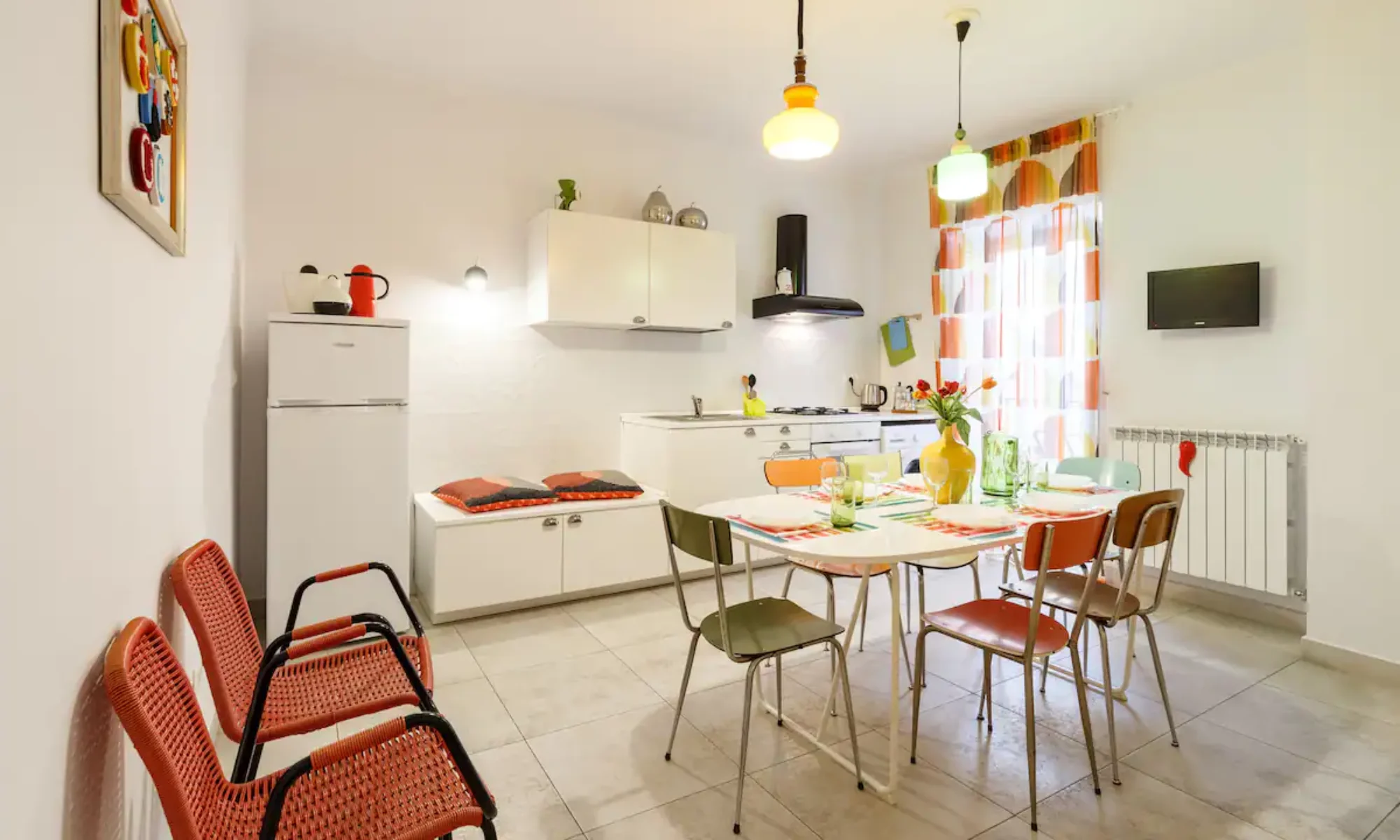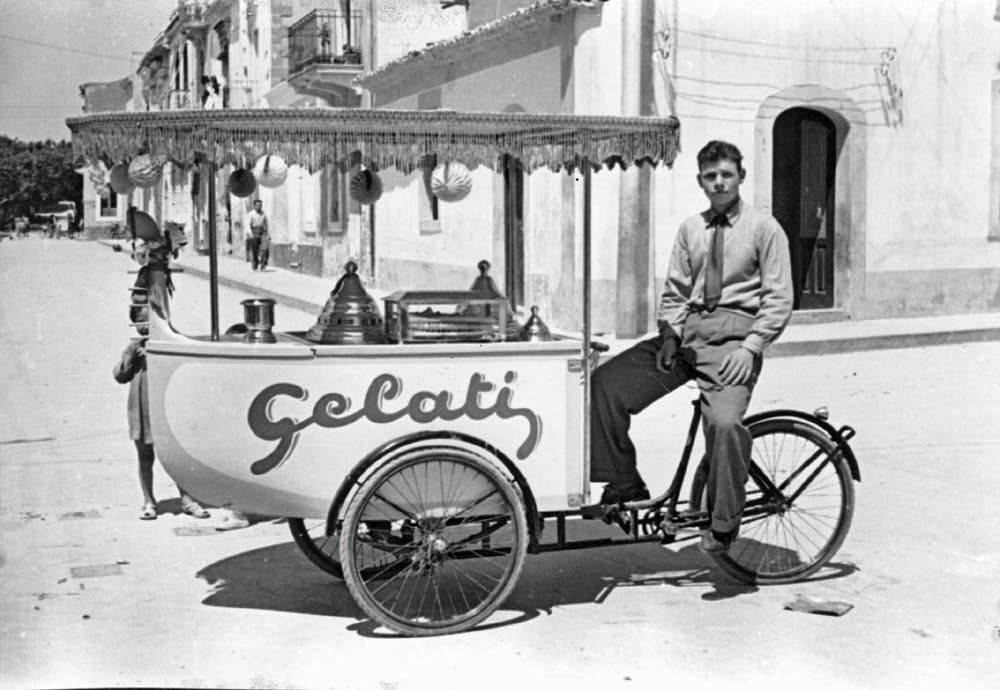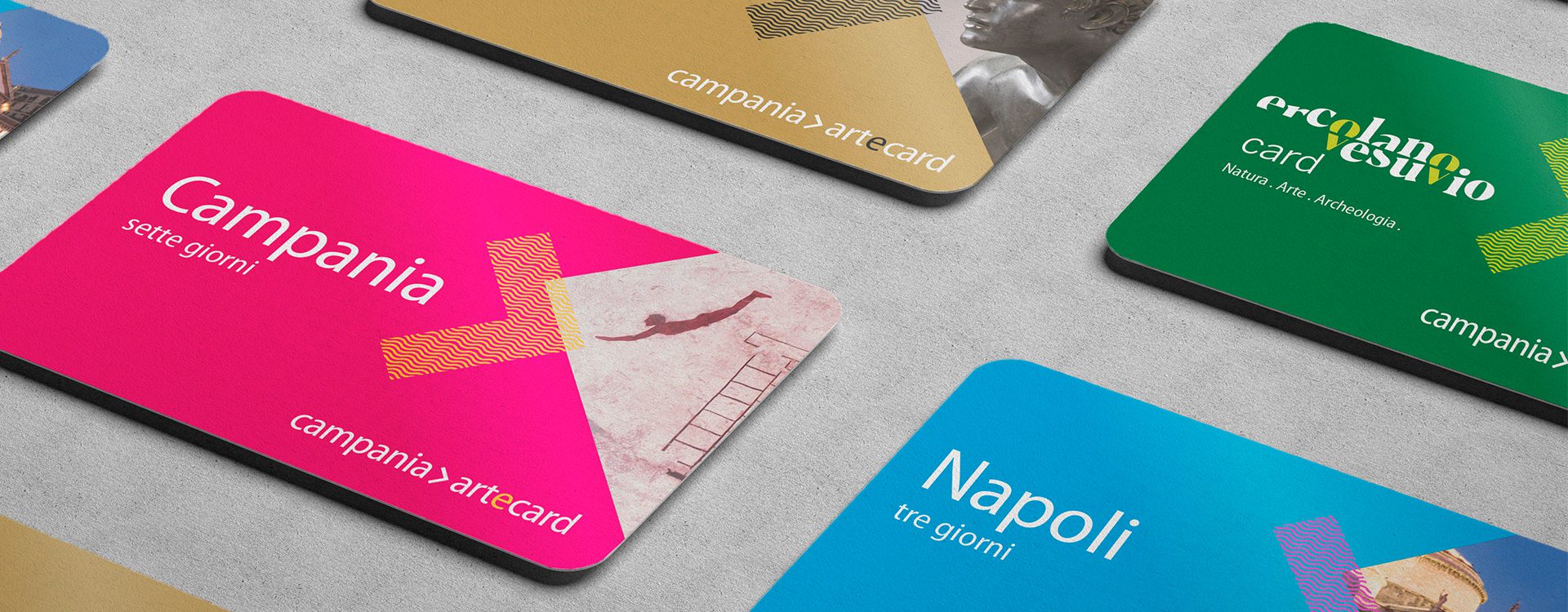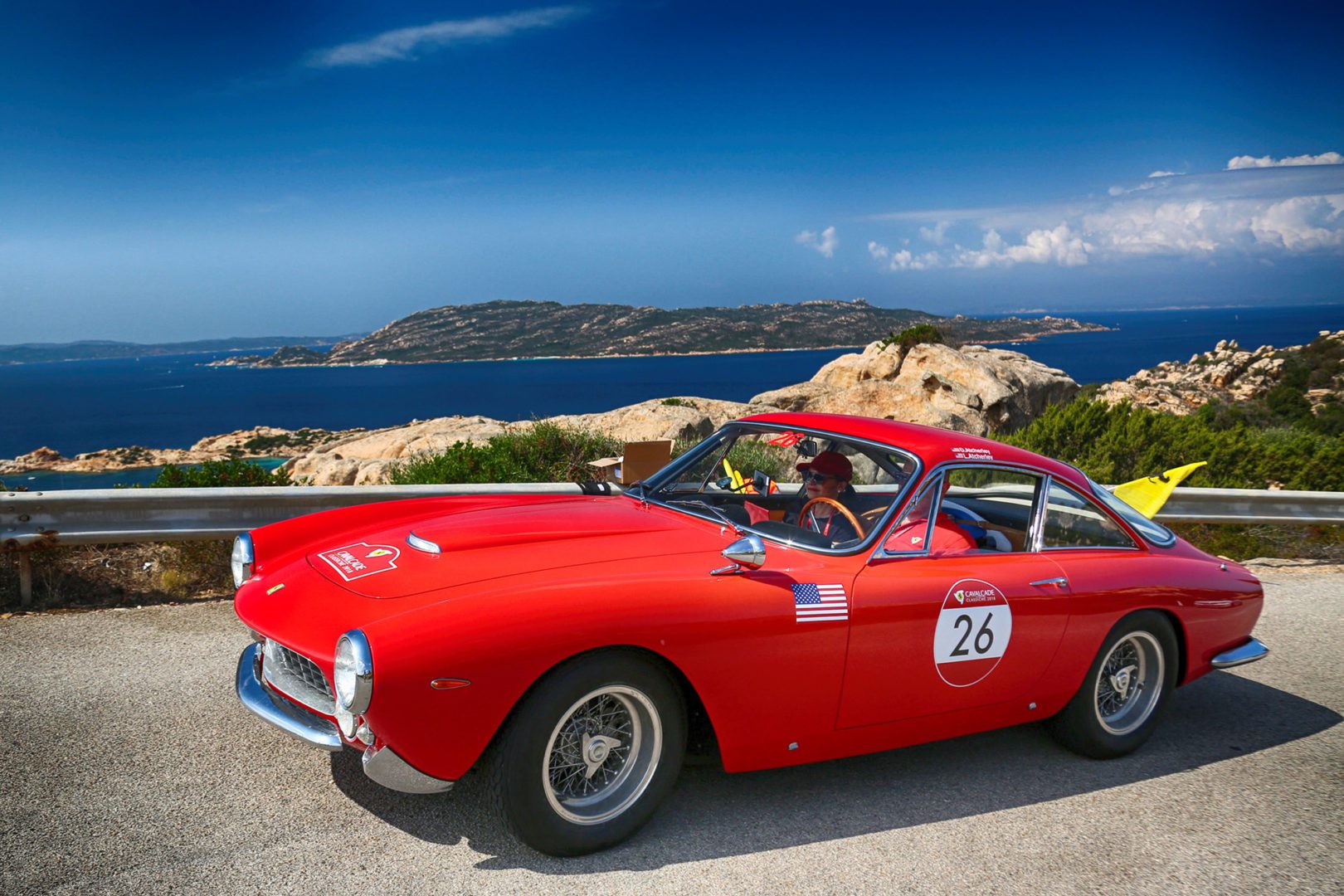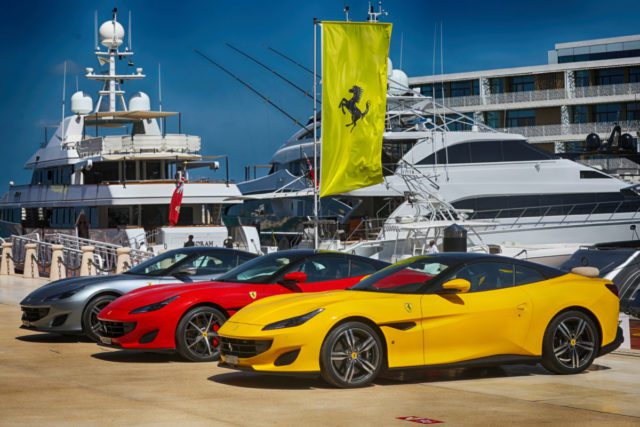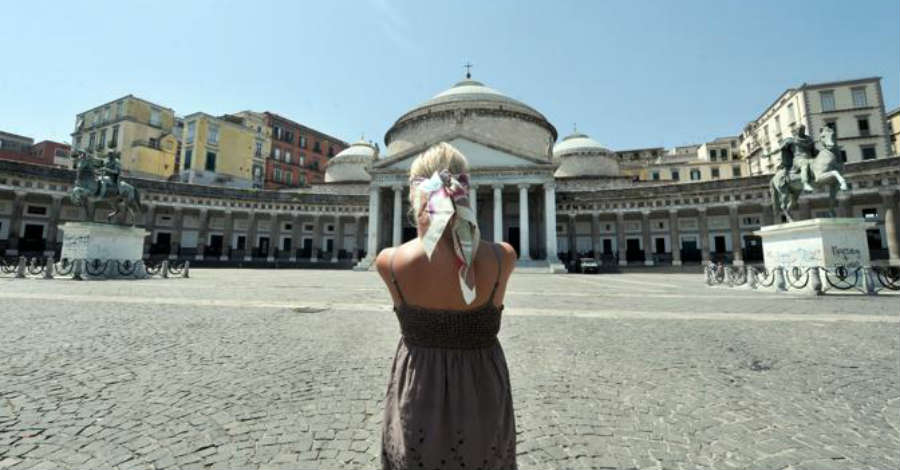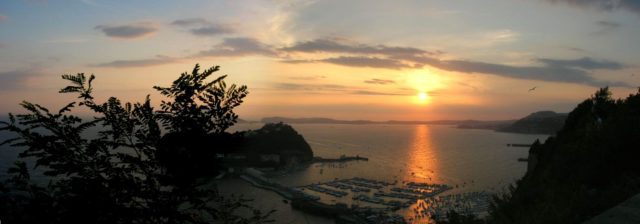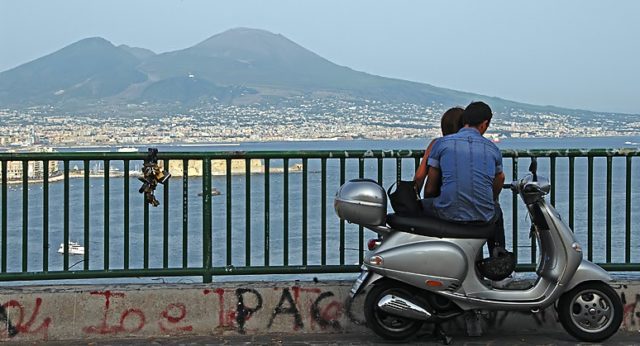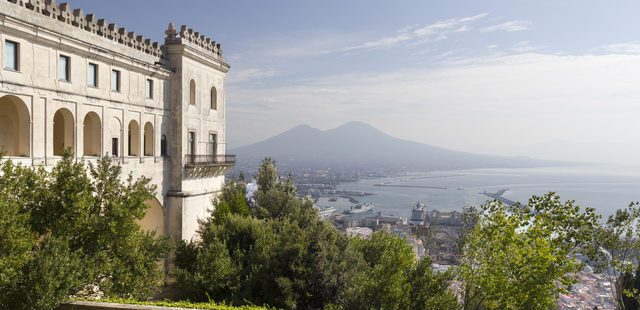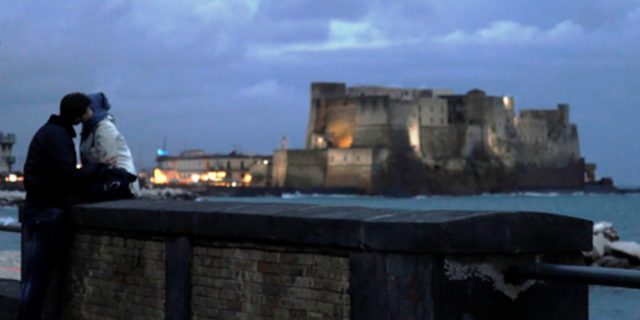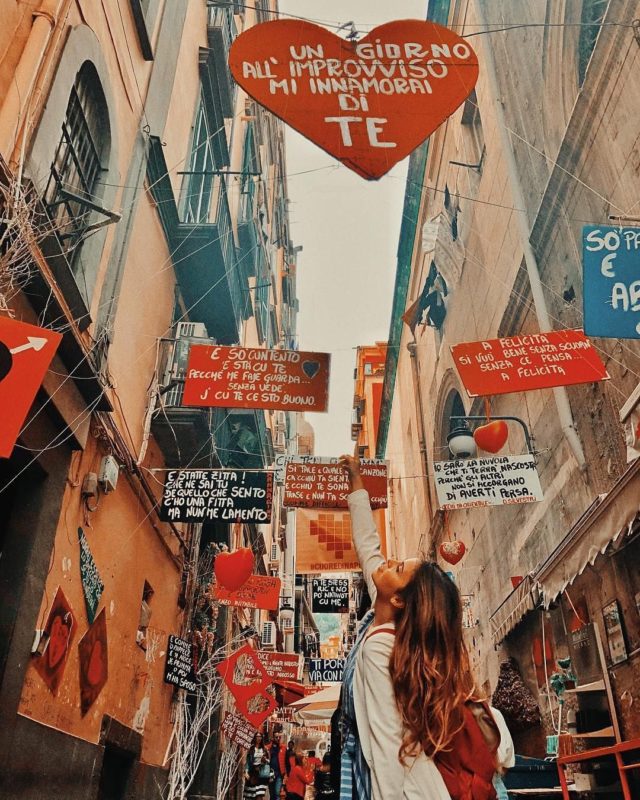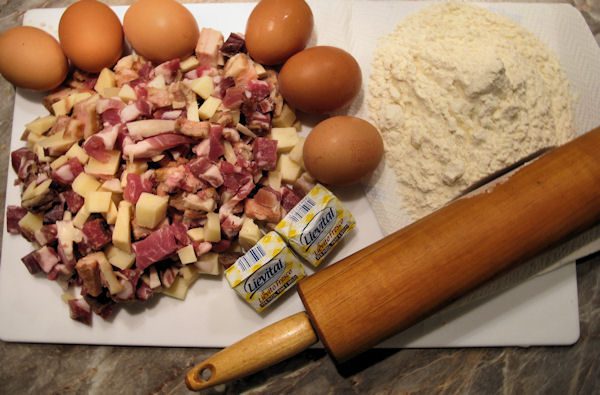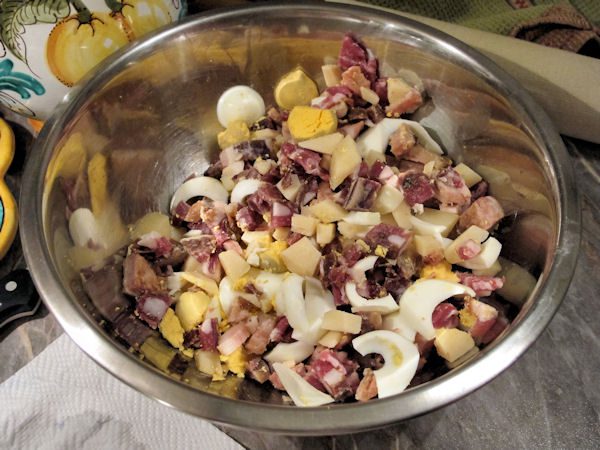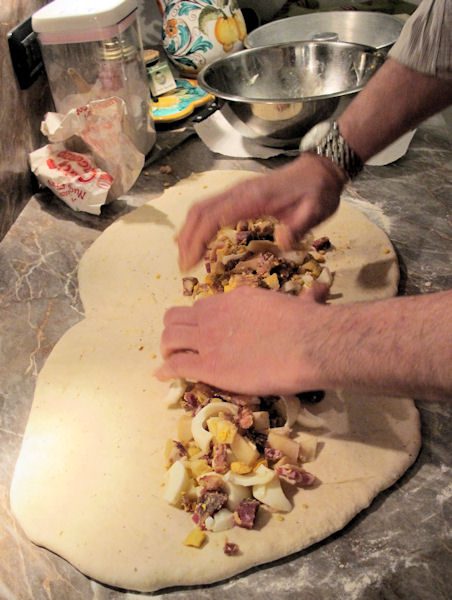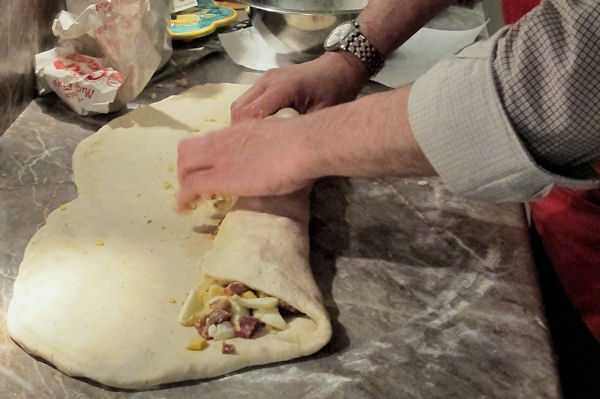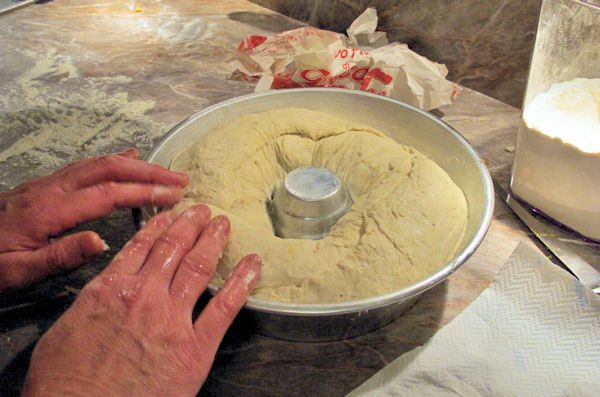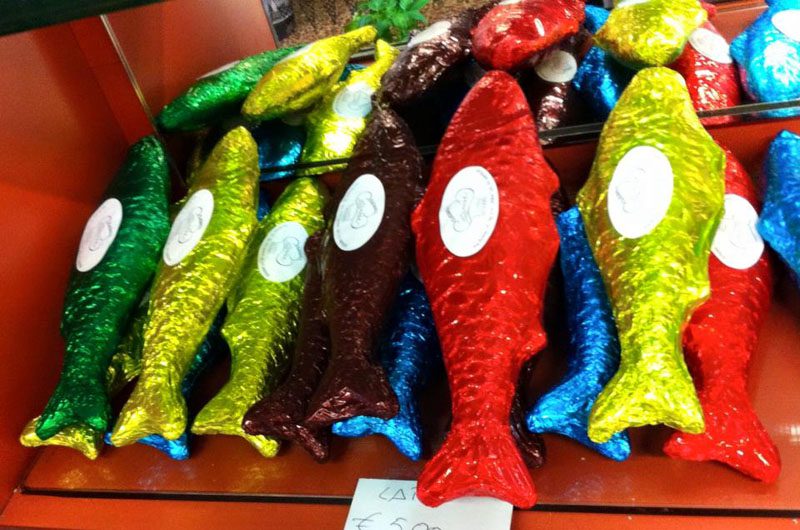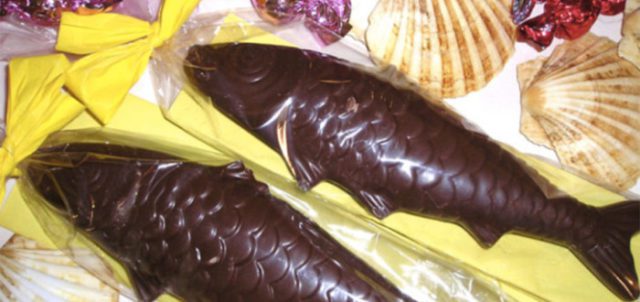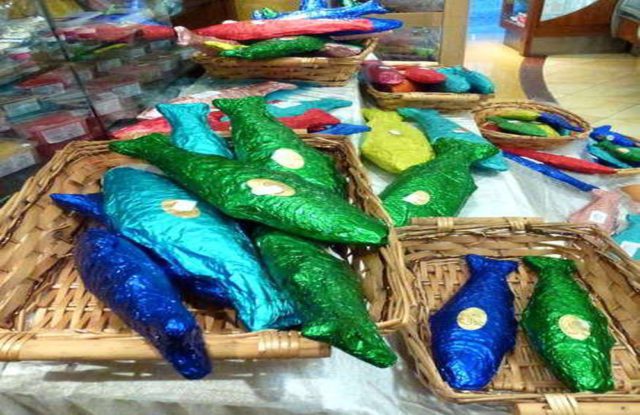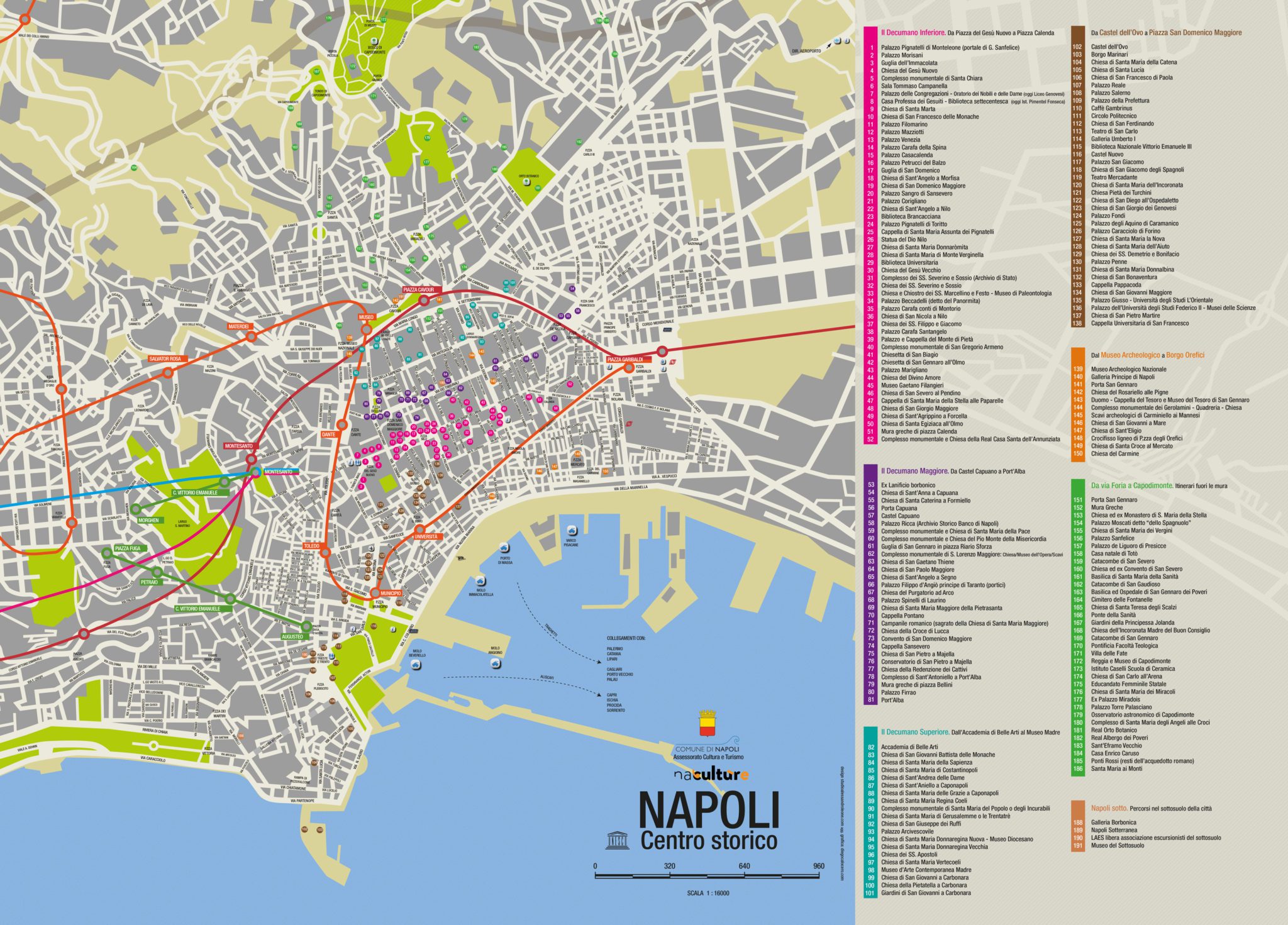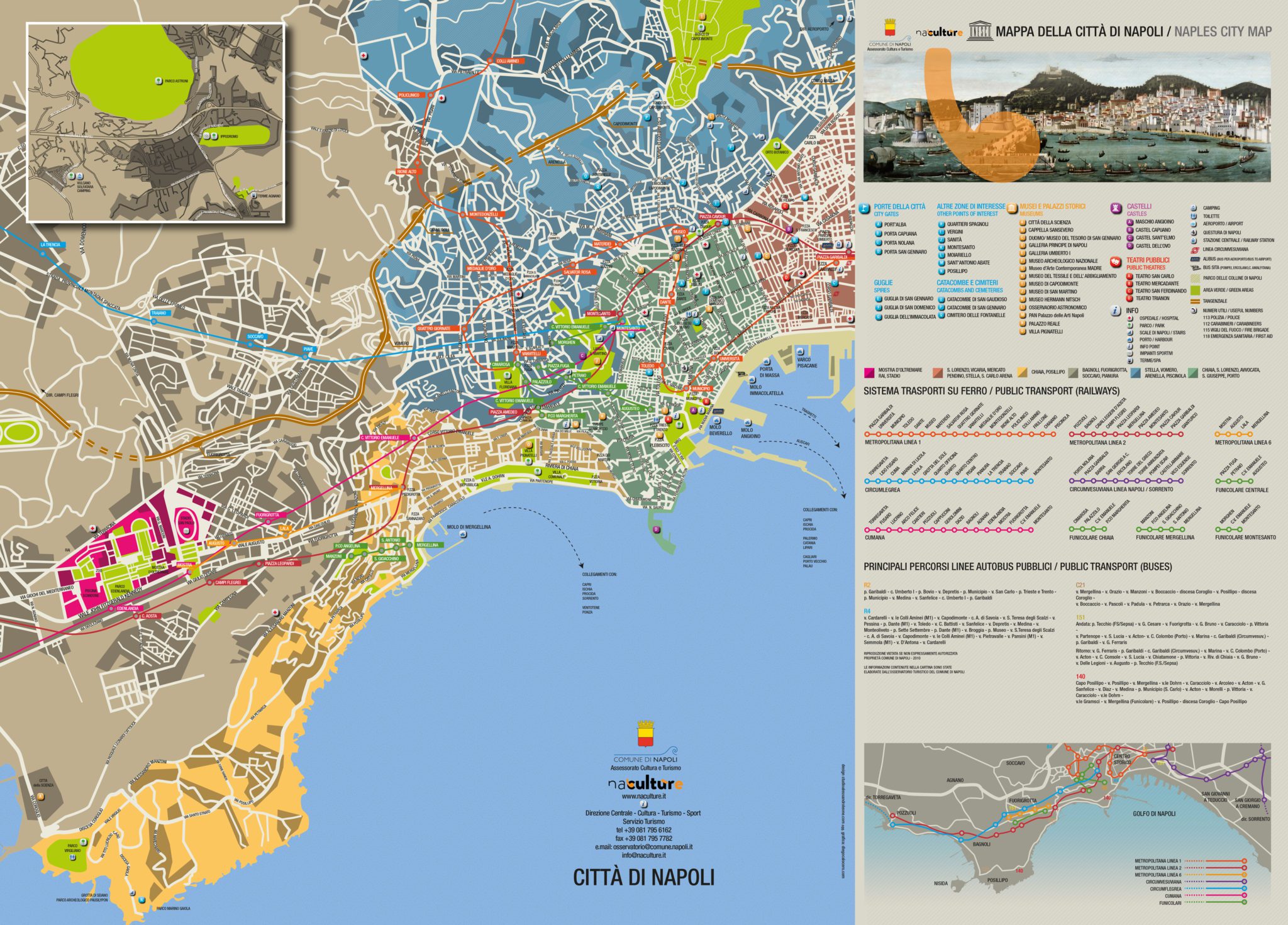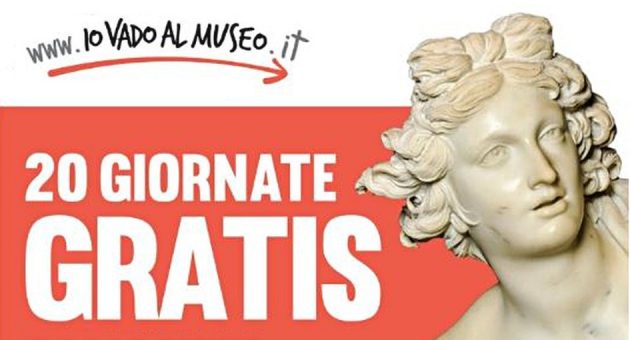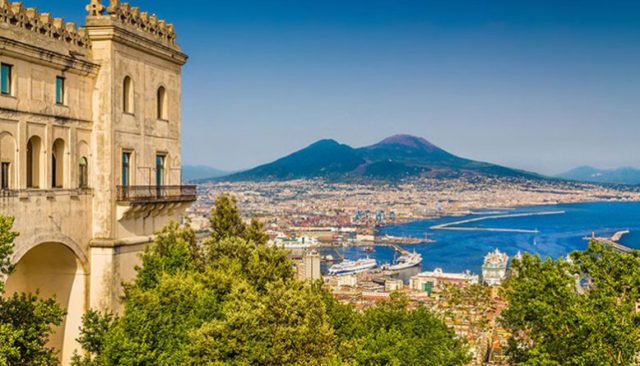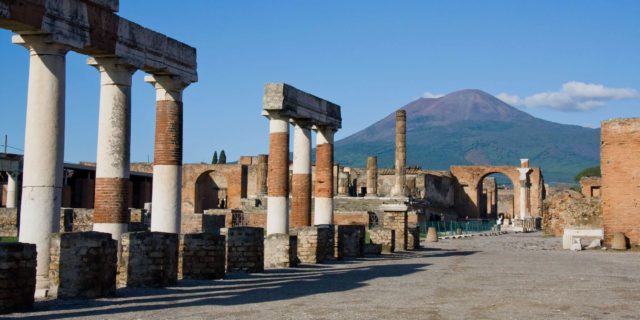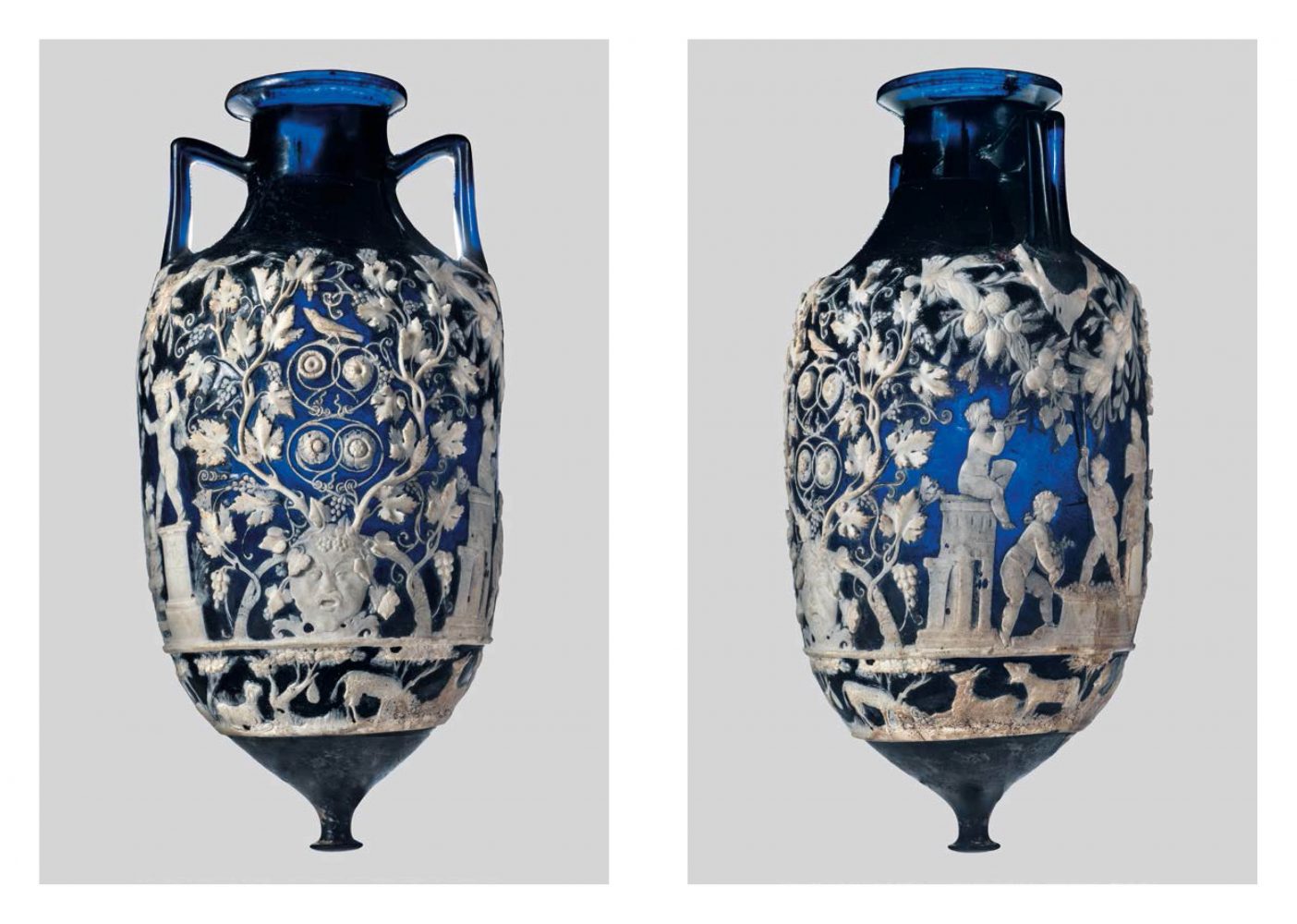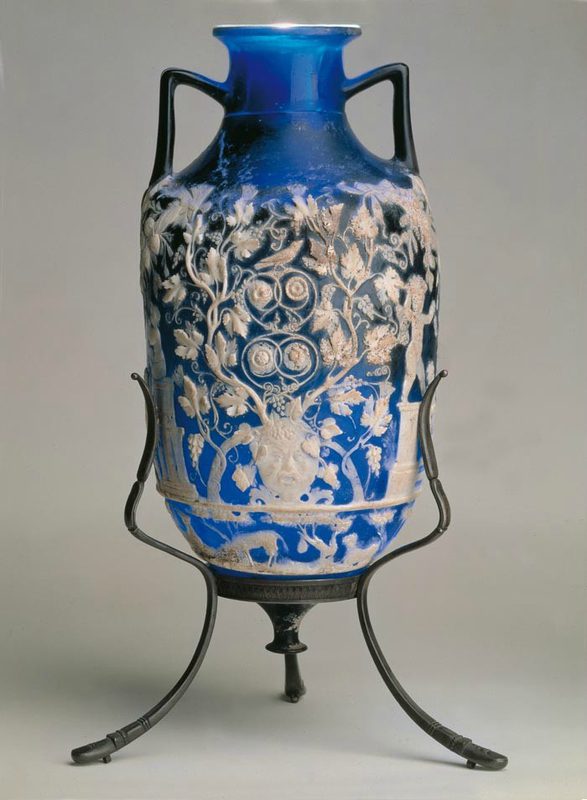In the city there are so many places where you can eat a good ice cream but only some offer a truly excellent ice cream. Let’s see together the ice cream parlors not to be missed!
Mennella
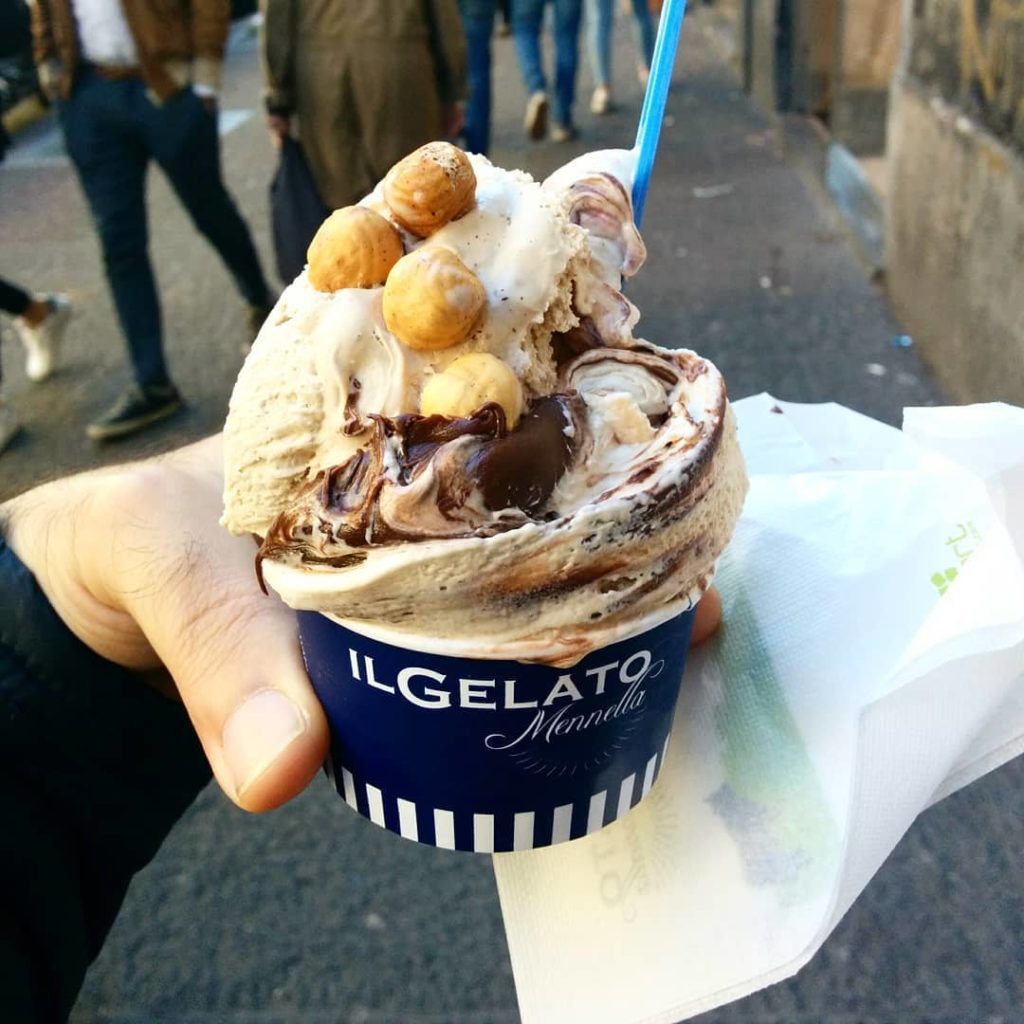
Quality finds its best form in Mennella ice cream, 100% natural. Composed of natural preparations, high quality fresh milk, cream obtained with the first flowering of milk, carob seed flour used as a thickener, Mennella ice cream has a natural, fresh and unmistakable taste. Every taste is prepared with fresh ingredients typical of the Italian territory: hazelnuts from Giffoni, almonds from Apulia, apricots from Vesuvius, Sorrento walnuts, lemons from the coast, wild strawberries from Acerno, pistachios from Bronte, dry and fresh seasonal fruit. The bases are prepared in the laboratory of Torre del Greco while the last process, the freezing, is done directly in the presence of the customer.
WHERE: Different sales points in the city.
Fantasia gelati
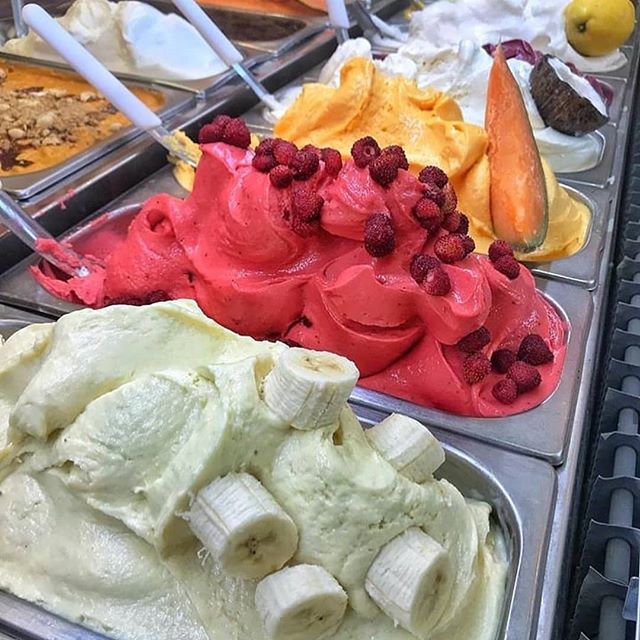
Fantasia Gelati was founded in 1994 and has distinguished itself over the years as an excellence in the field of artisan gelato production. The company that has been producing ice cream for 20 years in its 1000 square meter production laboratory and tasty specialties has been awarded with numerous awards. A long career distinguishes this company that over the years with dedication and passion has transformed ice cream into a multisensory experience. Starting from the choice of the most genuine and natural ingredients, such as buffalo milk and fresh fruit, up to the preparation of over 60 flavors that are updated with the arrival of each new season.
WHERE: Different sales points in the city.
Leopoldo, Casa Infante
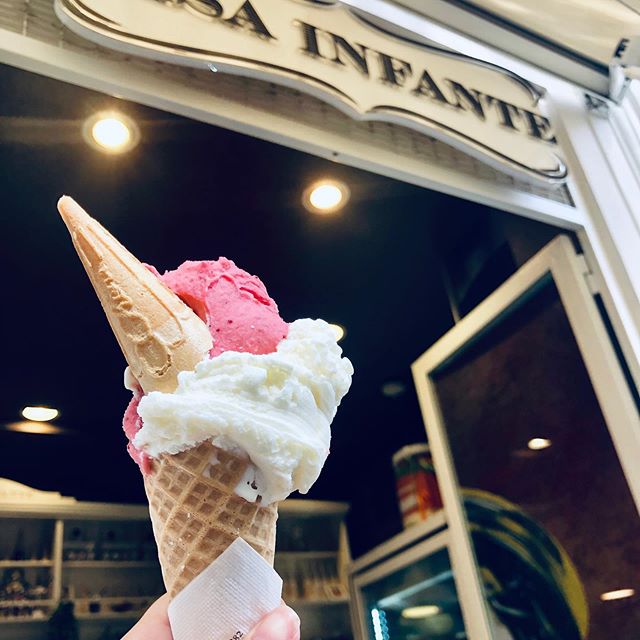
The certainty of tradition, the rich taste of memories of the past, the goodness of the historical tastes of the traditional Italian ice cream parlor. The classics, from creams to fruit flavors. Choose between chocolate goodness, tiramisu, stracciatella, coffee, zuppa inglese and the freshness of fruity tastes: sour cherry, pistachio, berries,… Highest quality and genuine delights. But not only. From the continuous research on the flavor of Casa Infante the original tastes are born. Gifts to the Neapolitan gastronomic tradition make possible specialties like ice cream with babà, pastiera and roccocò! Tasteful intuitions and whimsical combinations to savor new flavors, never tried before: figs and ruhm, almond and honey, salt caramel, …
WHERE: Different sales points in the city.
Il Bilancione
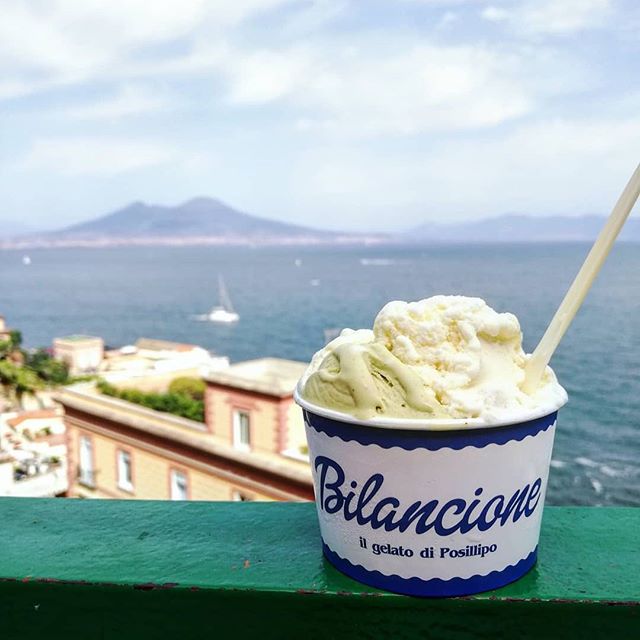
Bilancione ice cream shop was born in Naples on the Posillipo hill in 1977 by the brothers Vincenzo and Pietro Bilancione and is today a reference point for both Neapolitans and tourists from all over the world. It has become a must also for people from the world of sport and entertainment. The real secrets of this success are the continuous search for quality and the professionalism with which customers are welcomed and served, all in a landscape setting among the most beautiful in the world, so that the Bilancione brand is recognized as: “ice cream of Posillipo ”.
WHERE: Via Posillipo, 238.
Soave
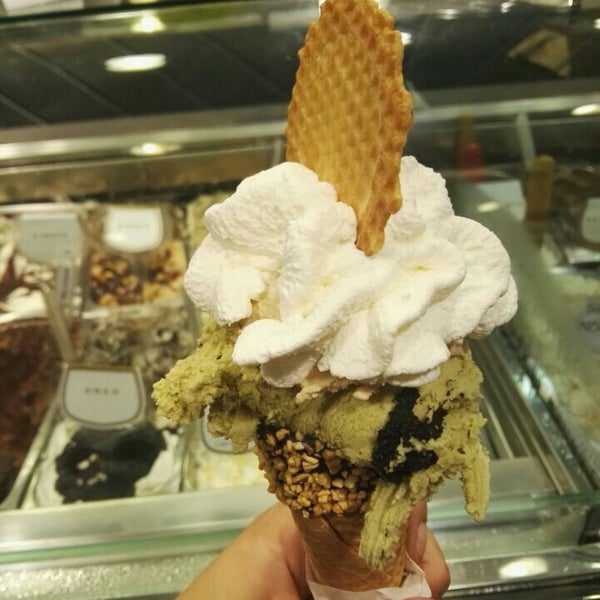
In the heart of the Vomero district, we find Soave, the historic ice cream shop located on the main street of the hilly shopping, where you can eat excellent ice cream. Don’t miss the timeless pistachio flavor.
WHERE: Via Alessandro Scarlatti, 130
Gay-Odin
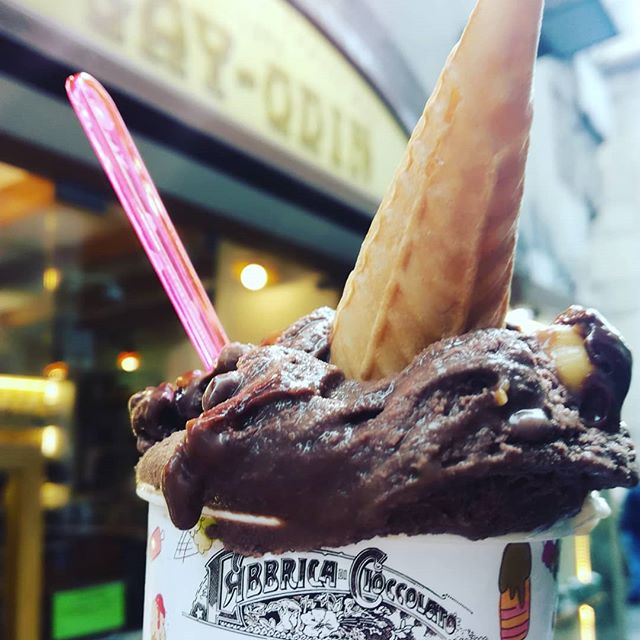
Gay-Odin is not just one of the best chocolate factories in Naples. When you can rely on excellent quality raw materials, why not enjoy them in all possible forms? This is how the surprising ice creams and semifreddo desserts take their inspiration from the flavors of the Gay-Odin chocolates. Acorn forest ice cream, orange chocolate, Sicilian pistachio, Avola almond paste, ginger or hot pepper chocolate are just some of the flavors created by the most famous Neapolitan chocolate.
WHERE: Via Benedetto Croce, 61.
